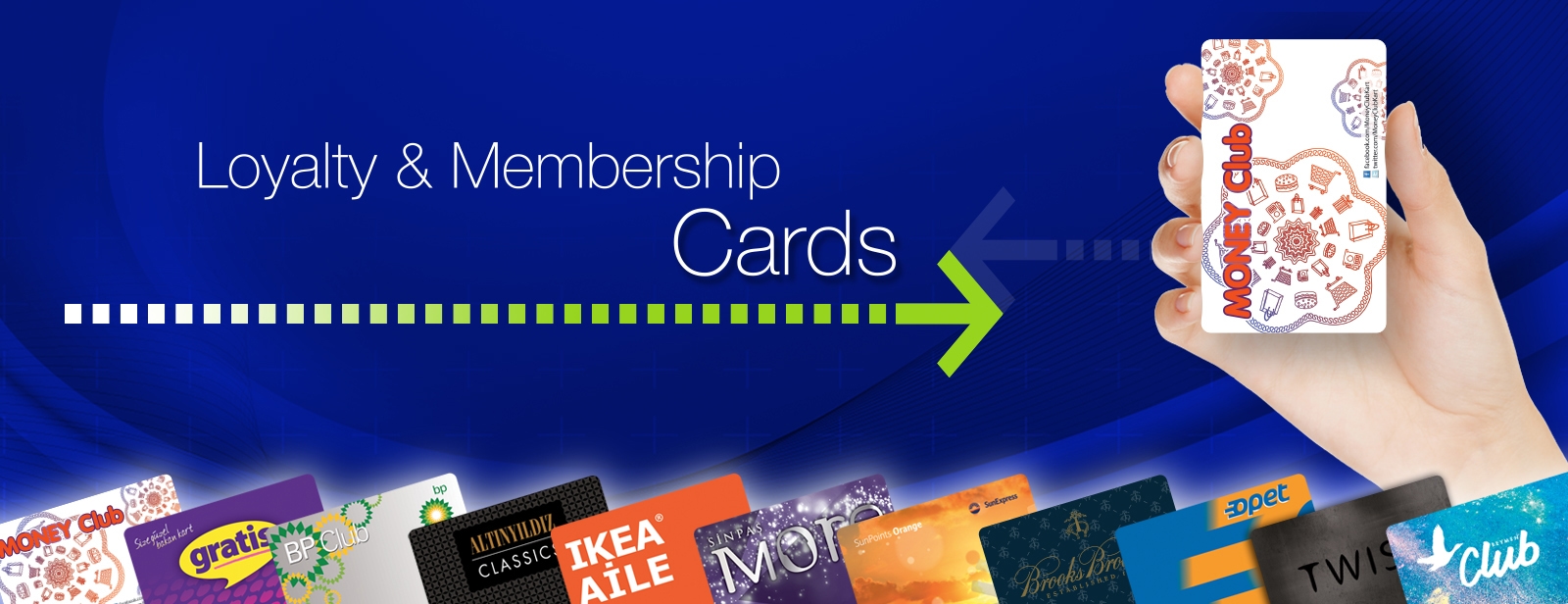News
We wish you a wonderful and happy New Year for 2020
Wednesday, December 25, 2019
As ABACICARD, we wish you happy eid days with your families!
Friday, August 9, 2019
Amazon chose us for their prepaid card needs!
Thursday, July 4, 2019
Meet abcicard
Trust in Years of Experience






